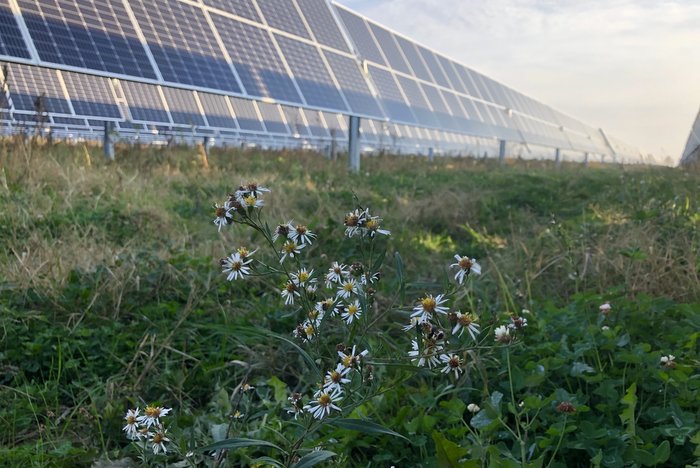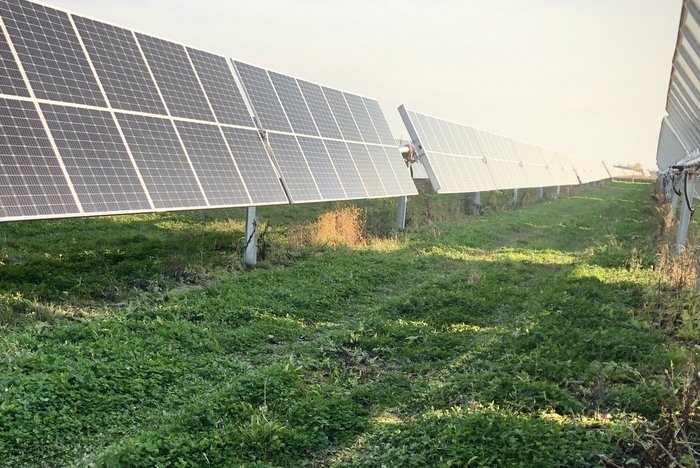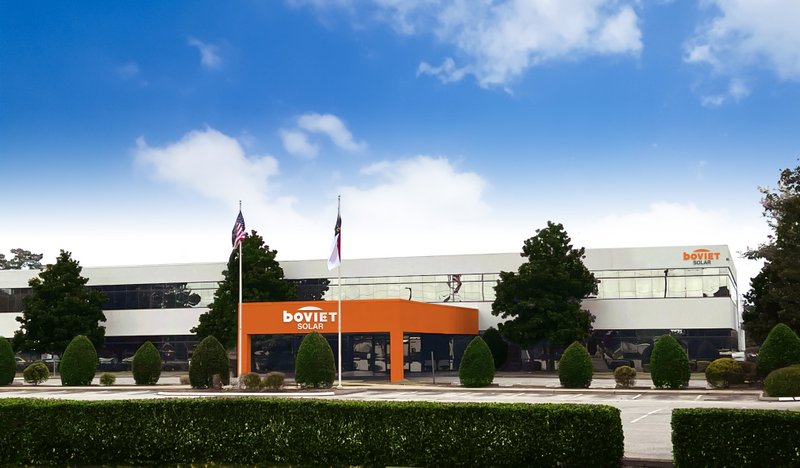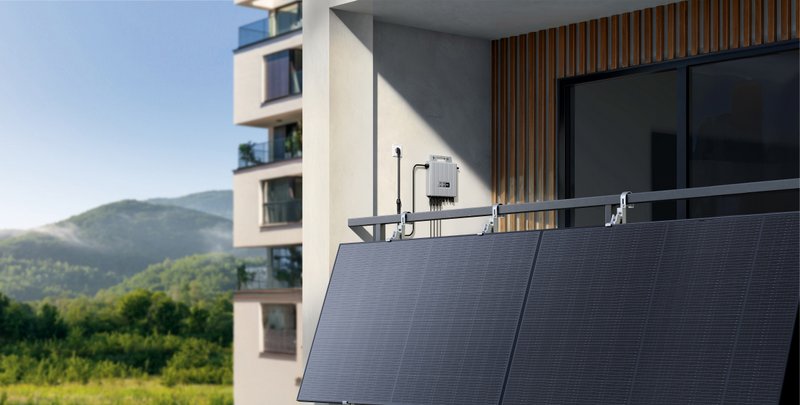Stormwater troopers: Vegetation is crucial for erosion control on solar projects

Maintaining stormwater quality and erosion control during solar project construction is not only required for regulatory compliance on many projects built across the United States, but performing these tasks effectively can also have positive long-term operational implications.
The task is so important, McCarthy Building Companies has an entire position dedicated to it, hiring Virginia Brown as their storm water pollution prevention plan (SWPPP) and vegetation senior manager for the Renewable Energy & Storage Group. Brown is an environmental soil scientist with a background in the construction industry. With McCarthy she’ll analyzing utility-scale projects on an environmental level for potential risk from a revegetation standpoint, in addition to impacts on nearby natural resources.
We reached out to Brown to learn more about what goes into a successful vegetation plan and why it matters.
What goes into successful vegetation planning on solar projects?
Brown: An effective solar plant erosion control strategy utilizes a combination of traditional erosion and sediment control devices as well as the development of a comprehensive vegetation plan based on the site’s specific soil and agronomic data.
To successfully control and prevent soil erosion on utility-scale solar sites, McCarthy begins by incorporating vegetation planning early in the design phase and taking into consideration the long-term vegetation goals of a site. Soil, water quality, and vegetation are intricately related, so too are the relationships between soil and vegetative growth. Successfully restoring the land after construction begins with implementing practices that help preserve soil quality and restore function, which ultimately is the best way to achieve successful vegetation establishment. These practices include:
- Topsoil preservation
- Soil decompaction
- Identifying soil nutrient deficiencies
- Phased seeding and re-vegetating
What are the considerations and upfront challenges during a utility-scale solar project’s construction that can impact revegetation of a project site?
Brown: The construction phase of a solar project is brief in terms of a site’s lifespan. However, the activities undertaken during the construction phase have significant impacts on the landscape. It is vital to identify erosion and vegetation challenges upfront and proactively address restoration at the beginning of a project. This is because important steps missed during construction can influence the long-term stability of the site. These steps should include:
- Identifying topsoil resources
- Preserving existing vegetation
- Establishing vegetation early in the project timeline
- Being proactive when it comes to addressing erosion
- Taking a scientific approach to revegetation
It is also important to note and consider the fact that each project site has unique soil and hydrologic properties. Pairing the correct controls with the inherent site properties will reduce failures and subsequent costs.

What should the revegetation strategy consist of?
Brown: A healthy stand of vegetation is the most effective and sustainable stormwater control due to the physical protection and stability provided by above and belowground plant biomass. The revegetation strategy should be based on site-specific conditions, including soil fertility testing and the development of custom seed mixes to help ensure successful plant growth. The goal is to have a strategy that successfully addresses both the long-term stormwater management needs of a site, while also meeting the immediate needs of erosion and soil stabilization during construction.
What needs to be considered when planning and implementing a revegetation strategy?
Brown: Site conditions are dynamic. To account for the changing conditions and inherent site variability, the intended vegetation should include species that rebuild soil structure, have varying growth habits to maintain coverage throughout the year, and species that are compatible with power generation.
It is also beneficial to incorporate deep rooted native perennial grasses on sites to reduce the overall erosion and stormwater burden by promoting infiltration and reducing overall surface runoff. Additionally, when planning a revegetation strategy, having an awareness of the operational and maintenance goals of a site are important to know upfront. Achieving the goals may involve low maintenance vegetation, the desire for reduced chemical inputs, pollinator habitat goals, carbon sequestration, or the growing interest in collocating agriculture with solar.
Having vegetation and restoration experts on a project team enables an integrated approach to site revegetation, ensuring a seamless transition from construction to operations.





Comments are closed here.